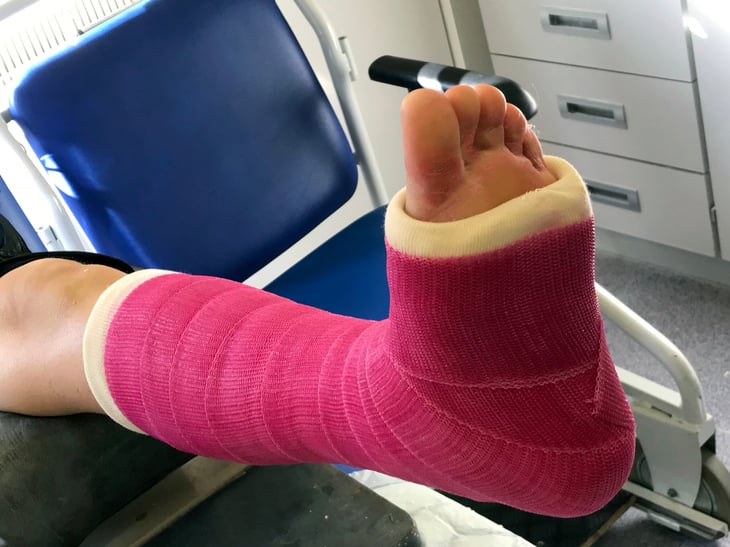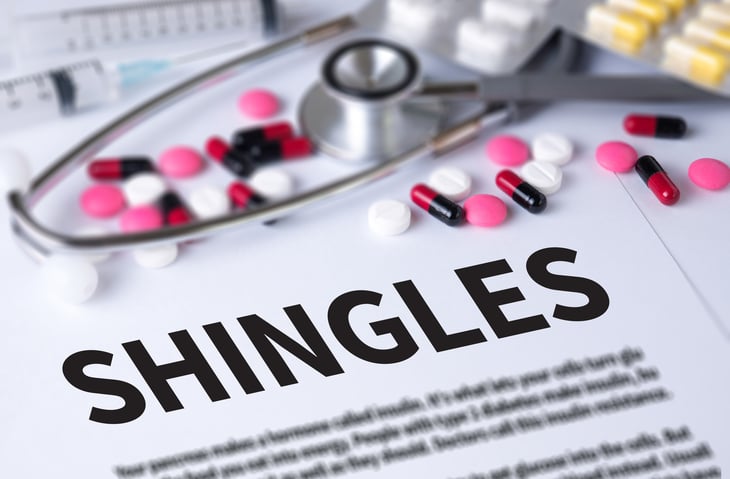
As we age, health issues often creep up that threaten to tarnish our golden years. Treating some of these diseases and conditions can be expensive.
Fortunately, there are ways to cut the cost of such care. Following are some health conditions that tend to strike after age 50 — and how to cut the cost of care if you are diagnosed with them.
Arthritis

Arthritis strikes about 54.4 million Americans, according to the Centers for Disease Control and Prevention. The CDC adds that in 2013, adults with arthritis on average paid an extra $ 2,117 in medical costs.
How to cut costs. The Arthritis Foundation has a webpage devoted to ways to trim the tab for arthritis care.
Osteoporosis

Around 54 million Americans have low bone density or osteoporosis, according to the National Osteoporosis Foundation. Among women over the age of 50, 1 in 2 will break a bone due to the disease. Among men that age, the figure is 1 in 4.
How to cut costs. One study found that osteoporosis care cost the nation $ 22 billion in 2008. Prescription medications often are used to treat this condition, so ask your doctor about using less costly generic drugs.
Weight-bearing exercise — such as lifting weights, walking or running, and activities such as tennis — is also a great way to build bone density, and it costs little or nothing to do.
Finally, relatively cheap vitamin D supplements can help your body use calcium and strengthen bones. Ask your doctor if they are right for you.
Diabetes

More than 34 million Americans have diabetes. Your risk for the disease increases as you age; more than one-quarter of adults ages 65 or older have diabetes.
Diabetes costs the nation $ 327 billion annually, according to the American Diabetes Association. Patients diagnosed with diabetes bear the brunt of those costs. The Mayo Clinic has noted that the price of insulin for patients is higher in the U.S. than in other countries.
How to cut costs. Getting tested early for diabetes is the key to keeping care costs under control. As the disease progresses, it can become more dangerous — and significantly more expensive to treat.
If you have diabetes, your costs will be lower if your health insurance covers your treatments. The ADA’s Diabetes Forecast magazine has some tips for persuading your insurer to help pay for diabetes devices and supplies.
Finally, a healthful diet and regular exercise can help you control diabetes. In some cases, your efforts might be so effective that you no longer need expensive treatment. The ADA has tips for food and exercise on its website.
Obesity

As the years roll on, our waistlines expand. More than one-third of adults 65 and older are obese, according to a 2007-2010 survey report from the Centers for Disease Control and Prevention. The CDC estimated in a 2009 report that an obese person spent 42% more for health care — an average of $ 1,429 per person — than people of normal weight.
How to cut costs. Slimming down significantly reduces your risk of being diagnosed with many costly health problems, including diabetes, heart disease, cancer and osteoarthritis.
Switching to a healthful diet and starting an exercise program are inexpensive ways to avoid the costs associated with obesity.
Heart problems

Simply put, heart disease is the leading cause of death for both men and women in the U.S.
This condition encompasses many problems related to atherosclerosis, a narrowing of the arteries due to a buildup of fats, cholesterol and other substances. Heart disease cost the nation $ 219 billion from 2014 to 2015, according to the CDC.
How to cut costs. Several medical conditions are closely related to a higher risk of developing heart disease. They include:
- High blood pressure
- High LDL cholesterol
- Smoking
A better diet and regular exercise can help you reduce your blood pressure and improve your cholesterol readings. And quitting smoking is among the best ways to both improve your health and save some money.
Declining oral health

About 26% of Americans ages 65 and older have eight or fewer teeth, according to the CDC. That’s a sobering reminder that our oral health begins to slip as we age. The CDC notes that conditions such as severe periodontal disease and oral and pharyngeal cancer primarily affect older adults.
Treating such conditions can be expensive. The cost of dental expenditures reached $ 136 billion in 2018, according to the American Dental Association.
How to cut costs. Regular visits to the dentist are the best way to catch conditions early, when they are less costly to treat. The ADA notes that while some people should see their dentist just once or twice annually, others may require more frequent visits. Consult with your dentist to find the right schedule for you.
Dental visits can be costly if you do not have dental insurance. The ADA website offers help finding more affordable care.
Shingles

While this illness is likely to be far less costly than others on the list, it deserves attention because it is so prevalent in the over-50 demographic. In fact, half of all cases of shingles are diagnosed in people 60 and older.
And complications related to shingles — from blisters to an ongoing type of pain called post-herpetic neuralgia, or PHN — can take a toll on your wallet.
How to cut costs. Fortunately, there is an easy and affordable fix for shingles: vaccination. As we have reported a new vaccine is more than 90% effective in preventing shingles in folks age 50 and older. For more, check out “Over 50? The CDC Says You Need These 4 Vaccines.”
Disclosure: The information you read here is always objective. However, we sometimes receive compensation when you click links within our stories.



